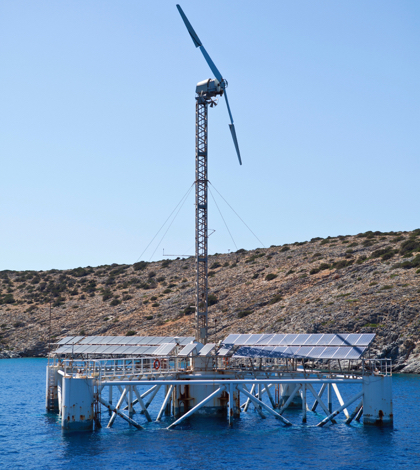Because of the severity of the California drought, other southwest states are beginning to look at new ways of creating and storing water. Although a drought exists in these other states, none of them are as severe as the California drought. Weather forecasters, however, predict that the drought could worsen.
Instead of relying heavily on snow and rainfall, southwestern states are now looking at treating salt water that is found underground and in seawater in a process known as desalination.
Although water conservation efforts have begun in places like Texas, the demand for drinking water still far exceeds the supply. Their reservoirs are extremely low, which is cause for concern.
“There’s 1,000 people a day moving into Texas and there just won’t be enough water to do something about creating new sources,” water treatment firm IDE Americas CEO Mark Lambert told CNN.
Lambert has a seawater desalination plant coming to San Diego. The $1-billion facility would be the largest in the Western Hemisphere. It is expected to produce 50 million gallons of freshwater per day using reverse osmosis, which uses high water pressure to remove large particles. Once the water is treated, it is then drinkable.
In Tampa Bay, Florida, a desalination plant already exists. The plant uses seawater and processes it into freshwater. On average, the company is producing 25 million gallons of freshwater daily.
Although Texas has no major plans for creating a desalination plant, the state is considering it. They are watching how desalination plants have worked for Florida – and now, California – to see if their state would be successful in implementing a similar arrangement.
 California Water News Daily Your Source For Water News in California
California Water News Daily Your Source For Water News in California


